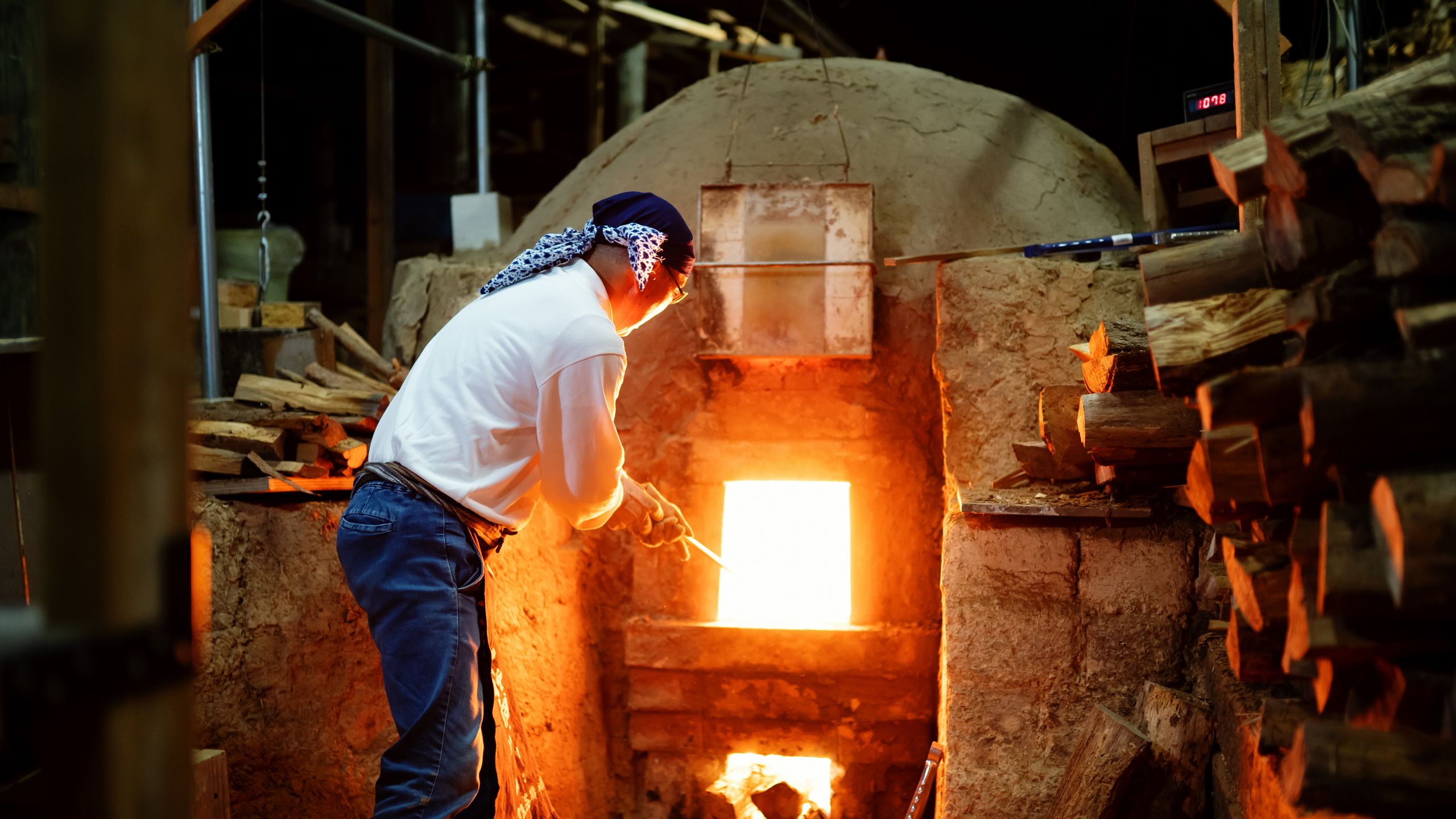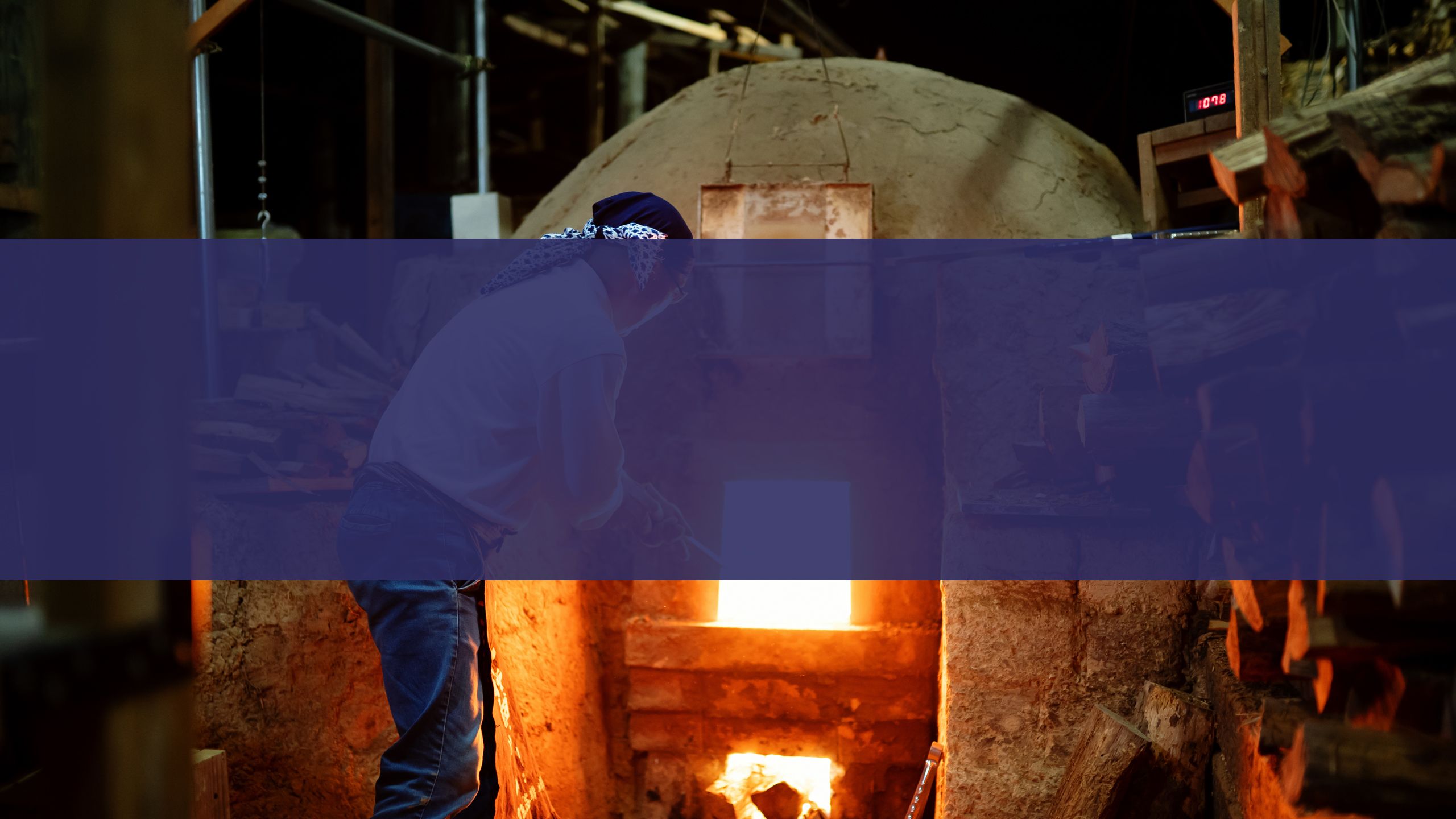CMCs for low energy kiln furniture: CMC Energy
A ceramic manufacturer, with the support of a university and technical specialists, has developed a composite plate material with better integrity, lower mass and energy-saving potential for use in high-temperature kilns.

CMCs for low energy kiln furniture: CMC Energy
A ceramic manufacturer, with the support of a university and technical specialists, has developed a composite plate material with better integrity, lower mass and energy-saving potential for use in high-temperature kilns.
Existing materials used in kilns and furnaces leave a number of areas for potential improvement relating to their structure and integrity properties.
Due to the extreme temperatures in which they operate, heat energy waste is naturally a major issue, while shelf life and absorption of materials currently blight existing kiln furniture performance.
Almath Crucibles Ltd and Ultrawise Innovation Ltd, alongside the University of Warwick and supported by the Transforming Foundation Industries (TFI) challenge, have created ceramic composite materials that aim to not only reduce heat energy consumed by reducing the mass of the products but also lengthen the working life of items during heating and cooling – reducing the regularity of replacements.
"When it comes to the potential to reduce waste heat, there is a real demand for a novel material to achieve this aim," says Michael Misson, Managing Director of Almath Crucibles. "Using composite materials and a structure with a lower mass reduces the thermal shock experienced by the kiln and furnace furniture and improves the heat resistance properties of the plates being used."
The project aimed to develop and test different material and structural combinations. "This would help optimise the mechanical property benefits that can be achieved compared to traditional materials," adds Misson. "Smoothing the surface and adapting the use of an alumina skin was also a key part of the project, aiming to tackle the issue of molten materials soaking into the furniture and affecting its quality and performance over time."

"Improving the thermal and mechanical properties of kiln furniture, bringing heat energy and shelf-life benefits for industrial use."

In terms of results, the project demonstrated a 4% energy saving on traditional materials, even at the small-scale testing phase undertaken with the University of Warwick. It was expected that increasing the size of the furniture, alongside scaling benefits, could increase this saving to 10%. The composite test materials also demonstrated their ability to work effectively in temperatures between 1,600 and 1,700 degrees centigrade.
Misson comments: "In addition to the heat-focused results, we identified the possibility of a three-fold increase in the life expectancy of the new composite furniture structures, bringing wider benefits to industrial use cases in terms of replacement costs. The composition of the test materials also opens the door to the possibility of UK manufacture, removing the necessity for overseas ceramic imports."
"The testing results have shown the concept's potential, but we knew there was an even greater opportunity," Misson adds. "As well as scaling up testing, we now intend to look further into the use of casting methods combined with composites to improve the efficiency and thermal properties of the materials."
The project partners are now looking to continue funding, with a view to another year in the R&D stage to optimise results before moving to commercialisation at a later stage.

In terms of results, the project demonstrated a 4% energy saving on traditional materials, even at the small-scale testing phase undertaken with the University of Warwick. It was expected that increasing the size of the furniture, alongside scaling benefits, could increase this saving to 10%. The composite test materials also demonstrated their ability to work effectively in temperatures between 1,600 and 1,700 degrees centigrade.
Misson comments: "In addition to the heat-focused results, we identified the possibility of a three-fold increase in the life expectancy of the new composite furniture structures, bringing wider benefits to industrial use cases in terms of replacement costs. The composition of the test materials also opens the door to the possibility of UK manufacture, removing the necessity for overseas ceramic imports."
"The testing results have shown the concept's potential, but we knew there was an even greater opportunity," Misson adds. "As well as scaling up testing, we now intend to look further into the use of casting methods combined with composites to improve the efficiency and thermal properties of the materials."
The project partners are now looking to continue funding, with a view to another year in the R&D stage to optimise results before moving to commercialisation at a later stage.
